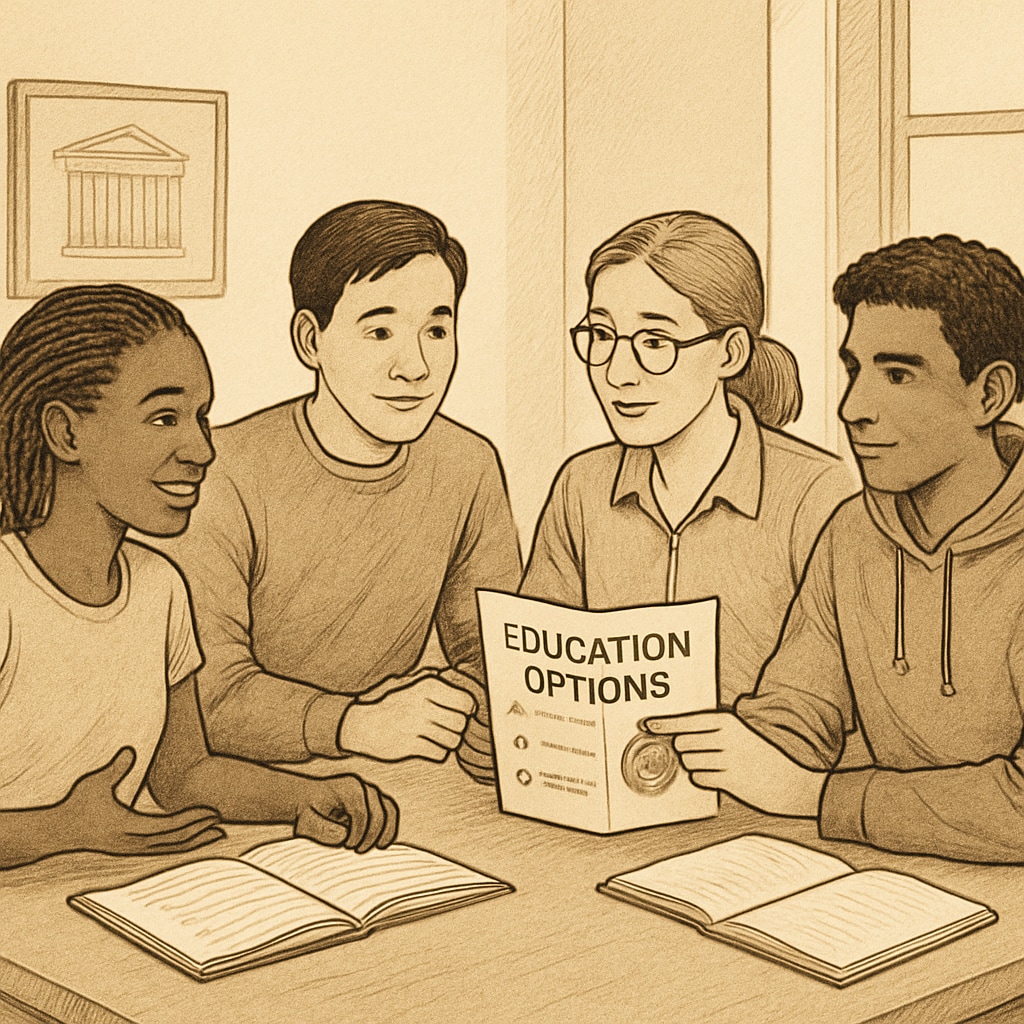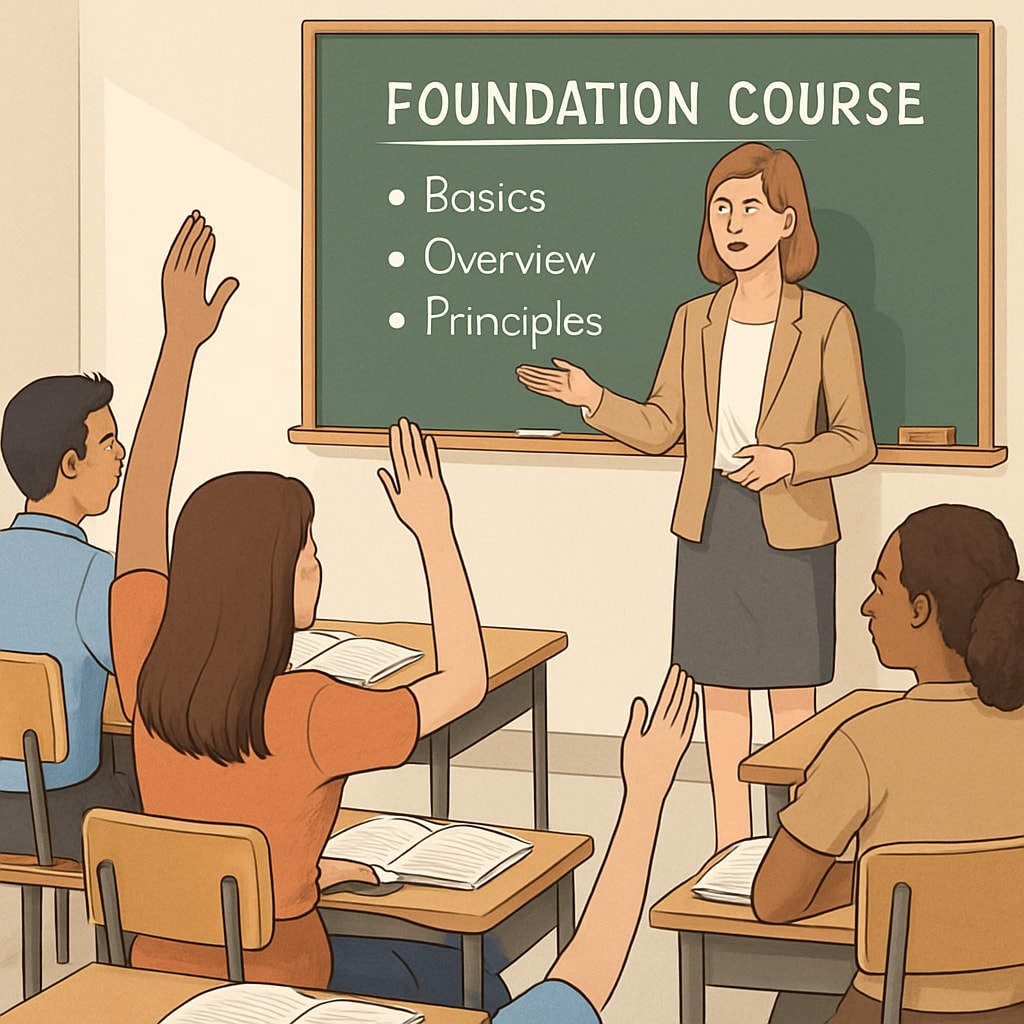For many students and their families, A-level exam results are a crucial milestone that shapes future academic and career directions. However, when the results are not as expected, families often find themselves at a crossroads, unsure of the next step. While it may initially feel overwhelming, there are several viable education pathways—including foundation courses and alternative university options—that can help students achieve their long-term goals. In this article, we will explore three potential routes forward and provide a decision-making framework to guide families in selecting the best path based on individual needs.
Understanding the Impact of A-level Results on Future Plans
Before diving into the available pathways, it’s essential to understand the role of A-level results in shaping higher education opportunities. These grades are often the primary criteria for university admissions, particularly for competitive programs. When students fall short of the required grades, they may face rejection from their preferred universities, leading to feelings of disappointment and uncertainty.
However, it’s important to remember that setbacks like these are not the end of the road. Instead, they can serve as an opportunity to reassess goals and explore alternatives that align with the student’s skills, interests, and aspirations. Let’s examine three of the most common pathways available after disappointing A-level results.

Pathway 1: Retaking A-levels for Improved Results
One straightforward option is to retake A-level exams. This allows students to strengthen their academic foundation and improve their chances of meeting university admission requirements. Retaking exams can be done through various means, such as enrolling in a college that specializes in resits or studying independently with support from private tutors.
While this pathway requires additional time and effort, it can be a worthwhile investment for students who are determined to enter specific programs or universities. However, families should consider the student’s mental and emotional readiness for another year of intensive preparation. In some cases, exploring other options might be more suitable.
Pathway 2: Exploring Foundation Courses
Foundation courses (also known as foundation years) are designed to bridge the gap for students whose grades do not meet standard university entry requirements. These programs typically last one year and focus on developing the academic and practical skills needed for undergraduate study. Many universities offer foundation courses tailored to specific fields, such as engineering, business, or the arts.
This pathway is ideal for students who are eager to begin their university journey without delaying their academic progress significantly. Additionally, foundation courses often come with guaranteed progression to a related undergraduate program, provided students meet the required performance standards.
For example, universities such as the University of Cambridge and the University of Oxford offer foundation programs for specific disciplines, allowing students to transition smoothly into full-degree courses.

Pathway 3: Considering Alternative Universities or Vocational Training
Another viable option is to explore universities with more flexible admission criteria. Many institutions prioritize a holistic review of applicants, considering factors such as personal statements, extracurricular achievements, and interviews in addition to grades. These universities may offer excellent programs that align with the student’s interests and career goals.
Alternatively, vocational training and apprenticeships can be an excellent route for students who prefer hands-on learning and practical experience. Fields such as healthcare, technology, and skilled trades often offer pathways that lead directly to rewarding careers without requiring traditional university degrees.
How to Choose the Best Path
Choosing the right education pathway is a deeply personal decision that depends on a variety of factors. Here’s a framework to help guide families:
- Assess Interests and Strengths: Identify the student’s passions and strengths to ensure the chosen path aligns with their long-term goals.
- Research Options: Explore all available pathways, including foundation courses, alternative universities, and vocational training programs.
- Consult Experts: Seek advice from school counselors, career advisors, or education consultants to gain professional insights.
- Consider Practicalities: Evaluate factors such as time, cost, and location to determine the feasibility of each option.
By taking a systematic approach, families can make an informed decision that supports the student’s academic and personal development.
Conclusion: Turning Setbacks into Opportunities
While disappointing A-level results can be a challenging experience, they also provide an opportunity for growth and reflection. Whether through retaking exams, enrolling in a foundation course, or pursuing alternative pathways, students have multiple options to achieve their dreams. By staying positive, proactive, and open to new possibilities, both students and their families can navigate this journey successfully.
Remember, setbacks are not failures—they are stepping stones to future success.


